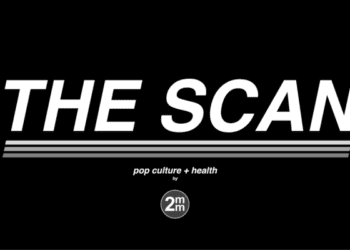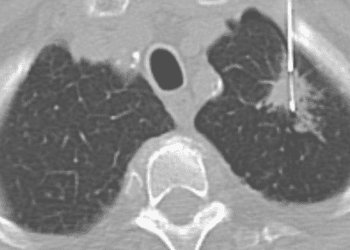Children with cancer exposed to home medication errors
Image: PD
1. Almost half (47%) of the children studied were exposed to at-home medication errors.
2. Most errors occurred during parent or guardian administration of the medication and mistakes often resulted from miscommunication between physicians and patient families.
Evidence Rating Level: 2 (Good)
Study Rundown: As the number of available oral treatments and the survival rates of ill children increases, the number of pediatric patients, especially those diagnosed with cancer, taking medications at home continues to rise. This paper added to the small number of studies examining medication errors among pediatric patients in the ambulatory setting. Results indicated that almost half of the 92 children studied were exposed to at least one at-home medication error. Several significant injuries to patients and many more potential opportunities for injury could be attributed to these errors. Parent administration errors were the most common and often resulted from failed communication between parents and clinicians regarding medication dose changes.
This study was limited by the potential influence of the researchers’ presence during medication administration, possible error rate underestimation due to the high education level of the study population, and a small sample size. Results from this study highlight the significance of parent-physician communication, particularly concerning medications with frequent dosing changes.
Click to read the study, published today in Pediatrics
Relevant Reading: Medication errors and adverse drug events in pediatric inpatients
Study Author, Dr. Kathleen E. Walsh, MD, MSc, talks to 2 Minute Medicine: University of Massachusetts Medical School, Assistant Professor of Pediatrics, Department of Pediatrics
“This is the first study visiting the homes of children with cancer to observe medication use, review medication bottles, and talk with parents about giving their children chemotherapy at home. As such, there is more breadth and depth than prior studies of outpatient pediatric medication use. The primary message from this study is that parents of children with cancer make many mistakes giving their children critical medications, such as chemotherapy, at home. In 92 visits to the homes of children with cancer, we found 40 errors with potential to injure the child and 4 errors which did injure the child. For example, a child was prescribed an antacid for gastritis but the parent never filled the prescription and the child continued to have pain for months.
The rate of injuries in children with cancer at home is similar to some previously published rates of medication error-related injuries in hospitalized children. Current work on medical error prevention, both research and intervention development, focuses on the hospital and clinic. This study shows that there is a real problem with medication use at home. Doctors and parents should be aware that home medication use is fraught with error. We hope this study will refocus some patient safety efforts from the hospital to the home, where the vast majority of Americans take their medications.”
In-Depth [prospective observational study]: 92 families were observed during a home visit, most of whom (78%) had a child with leukemia and took a median of 10 medications at home. 72 medication errors were found. These included errors in drug ordering, dispensing, administering, or monitoring. 4 of these errors resulted in significant injury (i.e. minor pain, headache, vomiting) and 40 had the potential for injury. Of the 40 errors with potential for injury, 2 were life-threatening, 13 were serious, and 25 were significant. The weighted overall rate was 70.2 errors per 100 patients (95% CI: 58.9-81.6), with 47% of patients experiencing at least one error. The errors more often involved nonchemotherapy medications than chemotherapy. In addition, errors in drug administration were the most common (63.5%) and most often occurred when parents administered the medication according to the label, rather than as instructed. Physician reviewers estimated that 36% of the errors may have been prevented by improved doctor-patient communication.
By Cordelia Y. Ross and Leah H. Carr
More from this author: Parents feeding control practices related to child’s weight and gender; Social networks play key roles in parental vaccination decisions; Shorter sleep duration associated with increased adolescent BMI; Varicella vaccine provides 14-year protection against childhood chicken pox
© 2013 2minutemedicine.com. All rights reserved. No works may be reproduced without written consent from 2minutemedicine.com. Disclaimer: We present factual information directly from peer reviewed medical journals. No post should be construed as medical advice and is not intended as such by the authors or by 2minutemedicine.com. PLEASE SEE A HEALTHCARE PROVIDER IN YOUR AREA IF YOU SEEK MEDICAL ADVICE OF ANY SORT. Content is produced in accordance with fair use copyrights solely and strictly for the purpose of teaching, news and criticism. No benefit, monetary or otherwise, is realized by any participants or the owner of this domain.


![2MM: AI Roundup- AI Cancer Test, Smarter Hospitals, Faster Drug Discovery, and Mental Health Tech [May 2nd, 2025]](https://www.2minutemedicine.com/wp-content/uploads/2025/05/Untitled-design-350x250.png)




